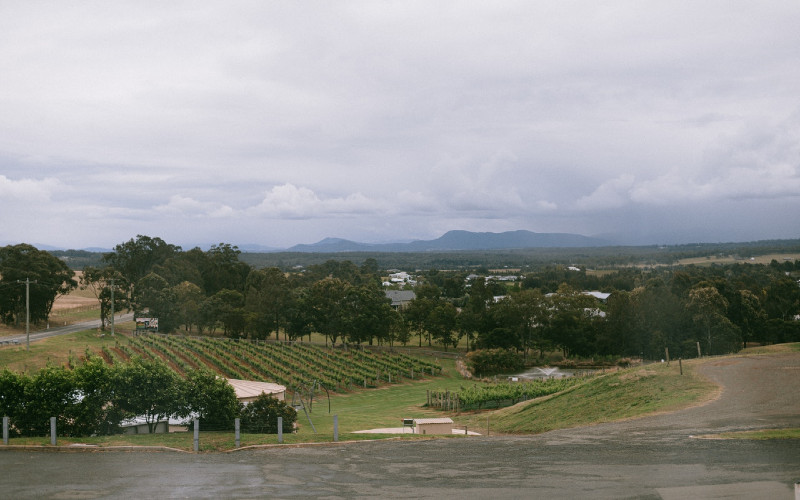
Despite the impacts of the pandemic, housing markets in capital cities have unexpectedly recorded surges in median prices over the past two years, making regional areas a more attractive option for first-home buyers looking for affordability.
A report from PRD Real Estate identified 10 affordable regional markets where buyers can potentially take advantage of, given strong growth prospects in the areas over the coming years.
The lower median property prices and the flexible remote working conditions continue to add fuel to the surging demand for regional houses.
In fact, figures from the Australian Bureau of Statistics showed a 0.9% gain in population in regional Australia over the 2020-21 financial year, equivalent to 70,900 more people.
In selecting the top 10 best regional areas for first-home buyers, PRD Real Estate looked at five indicators: affordability, property trends, investment, project development, and unemployment rate.
Based on the criteria, PRD Real Estate identified these 10 markets as “roaring regions” given their relative affordability and solid fundamentals for sustainable future growth:
|
Regional Market (State) |
Median Prices ($) |
Unemployment Rate as of 3Q21 (%) |
5-year Population Growth (%) |
||
|
House |
Unit |
Land |
|||
|
Whitsunday (Qld) |
400K |
300K |
188K |
4.1 |
4 |
|
Toowoomba (Qld) |
430K |
310K |
205K |
3.9 |
3.8 |
|
Mackay (Qld) |
412K |
209K |
309K |
3.5 |
0.6 |
|
Upper Hunter (NSW) |
373K |
231K |
130K |
2.4 |
-1.2 |
|
Wagga Wagga (NSW) |
436K |
260K |
190K |
2.5 |
2.9 |
|
Griffith City (NSW) |
464K |
350K |
172K |
2.0 |
3.0 |
|
Northern Grampians (Vic) |
288K |
286K |
165K |
2.9 |
-1.4 |
|
Wodonga (Vic) |
450K |
288K |
172K |
2.3 |
6.4 |
|
Greater Bendigo (Vic) |
510K |
368K |
199K |
3.9 |
6.9 |
|
Central Highlands (Tas) |
250K |
180K |
67K |
3.5 |
-0.1 |
Best option for first-home buyers
PRD Real Estate chief economist Dr Diaswati Mardiasmo said regional markets appear to be the best option for first-home buyers right now given the price and income trends.
“Over the past 12 months to December quarter 2021, the weighted average Australian median house price increased by 25.0% to $1.02m,” she said.
“In the same period, median family weekly income also grew by 5.3% — this is nowhere near median house price growth, thus the proportion of family income needed to meet loan repayments increased to 37.0% and the home loan affordability index decreased by -10.6%.”
Dr Mardiasmo recognised that during 2020, first-home buyers were able to take advantage of the favourable conditions, on the back of several federal government incentives and the historic-low cash rate.
However, the surging prices that followed quickly changed the tides, with first-home buyer activity declining by 18.3% between the December quarter of 2020 and 2021.
“This was driven by the surge in property price growth in the past 12 months to a level that out-priced first home buyers, and the end of historical low fixed interest rates by some financial institutions,” she said.
—
Photo by @daria on Pexels
Collections: Mortgage News Property News Property Investment



Share